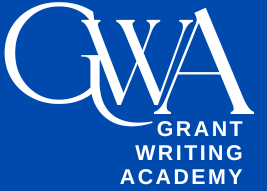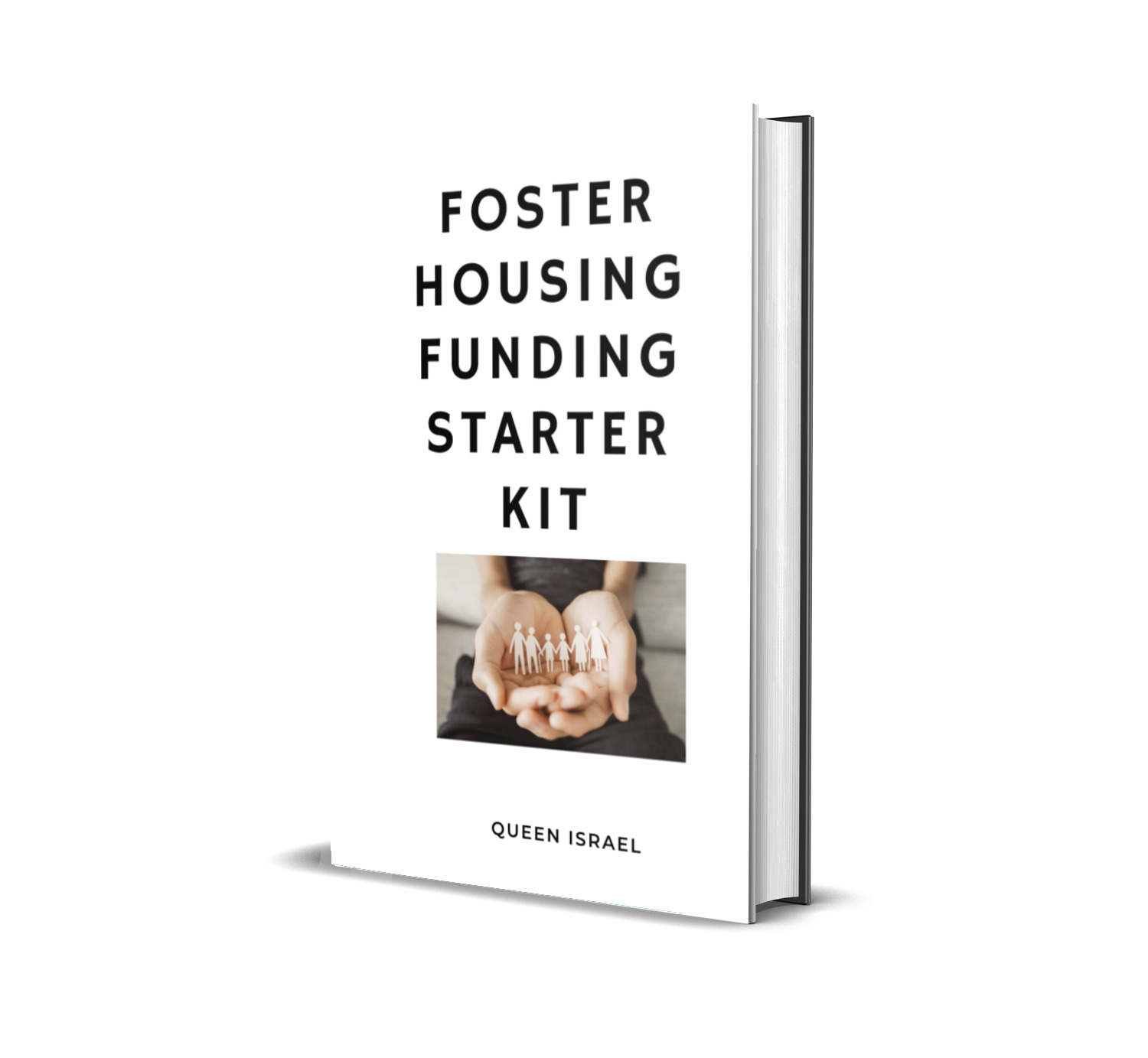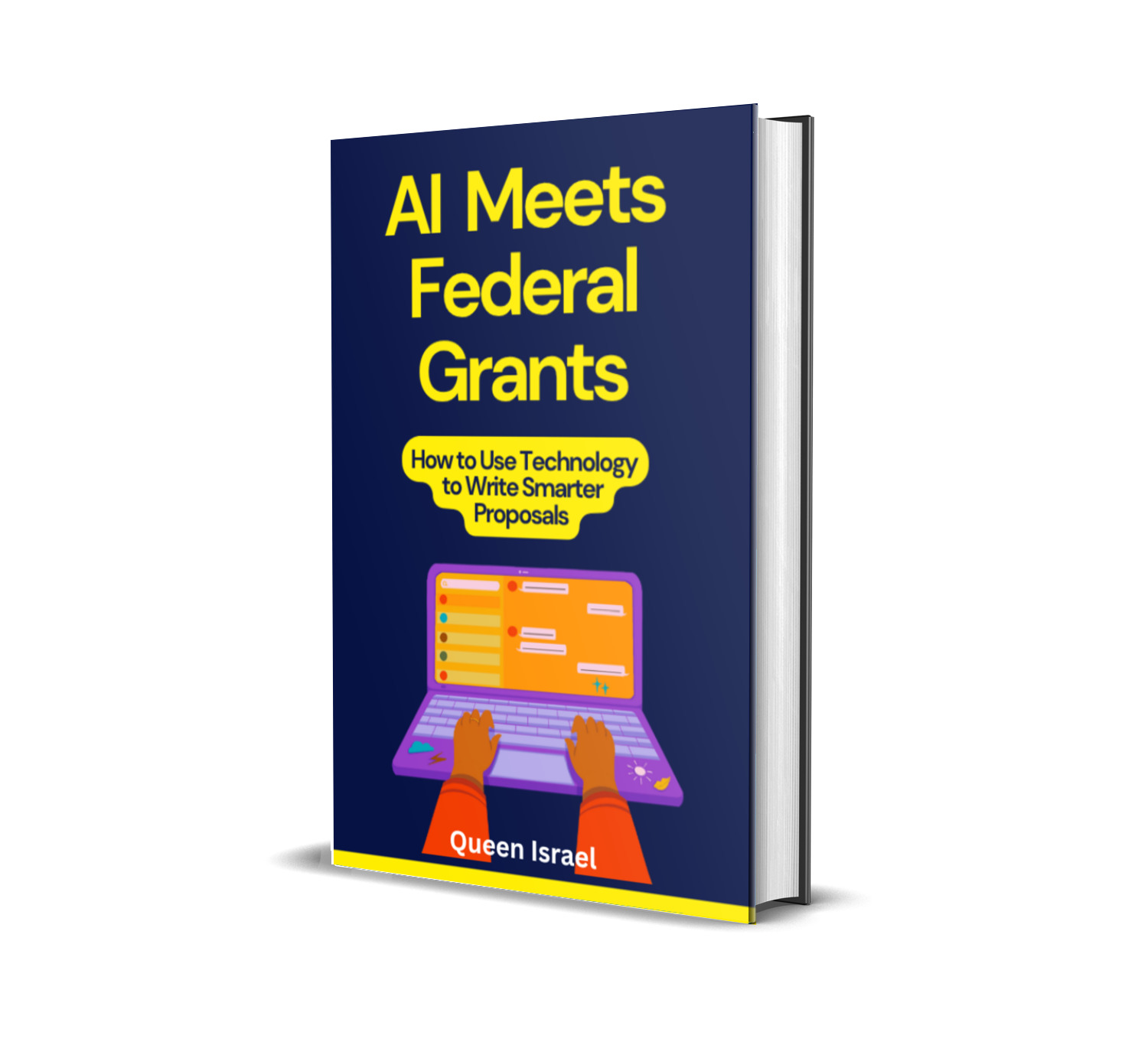If you’re an educator who’s ever felt that your public school could do so much more with a little extra funding, then you’re in the right place as I lead you through the process on how to write Grants for Public Schools.
Writing grants can be the gateway to transformative projects—from innovative classroom technology to enriched extracurricular programs—that spark student engagement and elevate learning.
Understanding Grants and Funding
Grants are essentially free financial aid provided by various organizations and government agencies to help fund projects that address specific needs. Unlike loans, grants do not have to be repaid, making them an ideal solution for public schools that often operate on tight budgets.
In the world of education, grants can cover everything from new classroom equipment and innovative curricula to facility upgrades and professional development initiatives.
There are different types of grants available:
- Competitive Grants: These require a detailed proposal and are awarded based on the merit of your application.
- Formula Grants: Distributed based on specific criteria like enrollment numbers or demographic data.
- Project Grants: Targeted to fund specific projects or programs.
A successful grant application hinges on your ability to demonstrate that your project is not only necessary but also sustainable and impactful. According to the National Center for Education Statistics, there are over 49.6 million public school students in the U.S.—a statistic that underscores the enormous scale and potential impact of well-funded educational projects.
Essential Components of a Grant Proposal
When you sit down to write your grant proposal, there are several critical components to include:
1. Needs Assessment
Begin with a clear needs assessment. This is your opportunity to explain what challenges your school faces and why additional funding is essential. Use data and research—like student performance statistics, budget shortfalls, or community feedback—to support your claims. For example, if your school struggles with outdated technology or insufficient classroom supplies, illustrate this with concrete figures and comparisons.
2. Project Description and Narrative
Your proposal should include a well-crafted narrative that explains your project in detail. Break it down into the following sections:
- Statement of Need: Describe the problem or opportunity.
- Goals and Objectives: Define what you hope to achieve; your goals should be broad, and your objectives need to be specific, measurable, achievable, relevant, and time-bound (SMART).
- Methodology: Explain the strategies and actions you’ll employ to meet these objectives.
- Evaluation Plan: Detail how you will measure success. Use qualitative and quantitative methods to assess impact.
Be sure to weave in common keywords such as innovative, collaboration, impact, sustainability, budget, proposal, and community throughout your narrative to catch the eye of reviewers and improve your proposal’s search ranking on platforms like Google.
3. Budget and Financials
No grant proposal is complete without a detailed budget. Break down your costs line by line and justify each expense. Explain how every dollar will be spent to maximize the project’s impact. Include sections for:
- Personnel Costs: Salaries for additional staff or consultants.
- Materials and Supplies: Classroom tools, technology, or educational resources.
- Equipment: New devices or infrastructure upgrades.
- Indirect Costs: Administrative expenses that support the project.
A clear, realistic budget reassures funders that you understand the financial commitments of your project.
4. Timeline
Provide a project timeline that outlines key milestones from start to finish. This should include preparation, implementation, evaluation, and final reporting stages. A visual timeline or Gantt chart can be particularly effective.
5. Sustainability Plan
Funders want to know that their investment will have a lasting impact. Detail how your project will be maintained once the grant money is spent. Will you secure additional funding? Can the project be scaled or integrated into the regular school budget?
6. Supporting Documents
Attach any supporting documents that reinforce your proposal. These might include:
- Letters of support from the community or school board.
- Data reports and charts.
- Previous successful project summaries.
- Organizational budgets and annual reports.
Step-by-Step Guide on How to Write a Grant Proposal
Let’s break down the grant writing process into manageable steps:
Step 1: Conduct a Thorough Needs Assessment
Before you begin writing, ask yourself:
- What are the current challenges in my school?
- What specific needs will this grant address?
- What data can I present to support my claims?
Gather quantitative data (like test scores, enrollment figures, and budget reports) and qualitative evidence (like testimonials from teachers and parents). This foundation is crucial for building a persuasive case.
Step 2: Identify the Right Funding Sources
Not all grants are created equal. Research various funding agencies to find those that align with your project’s goals. Some reliable resources include:
- Grants.gov for federal opportunities.
- U.S. Department of Education websites for education-specific funds.
- Private foundations and corporate philanthropy programs (we’ll discuss these shortly).
Using online grant search tools can help narrow your options. Look for key terms such as innovation, impact, and community funding when scanning through available opportunities.
Step 3: Develop Your Project’s Narrative
Now it’s time to tell your school’s story. Start with a compelling statement of need. Explain why this project is critical and how it will benefit students, teachers, and the community. Use a friendly, conversational tone to make your narrative relatable and engaging.
For example, you might write:
“Imagine a classroom where every student has access to the latest digital tools, where learning is interactive and engaging, and where every teacher feels supported. That’s the vision we have for our school, and with your help, it can become a reality.”
Incorporate common words found in successful grant proposals—words like proposal, innovative, collaboration, budget, sustainability, and evaluation. Highlight these words in bold to emphasize their importance.
Step 4: Create a Detailed Budget and Timeline
A detailed budget reassures funders that you have a clear plan for how the money will be spent. Break your budget into categories (personnel, supplies, equipment, etc.) and include realistic estimates. Similarly, a timeline shows that your project is well-planned and achievable within a specific period. Consider using bullet points or a table format to present these details clearly.
Step 5: Write, Edit, and Refine Your Proposal
With your outline in place, write your first draft. Don’t worry about perfection on the first try—focus on getting your ideas down. Once your draft is complete, take the time to:
- Edit for clarity, tone, and brevity.
- Proofread for grammar and spelling errors.
- Ask colleagues or mentors to review your proposal and provide feedback.
Remember, a successful grant proposal is clear, concise, and compelling. Every section should flow logically, and the overall narrative should tell a unified story.
Step 6: Attach Supporting Documents and Finalize Your Application
Before submitting, ensure that all required documents are attached. This might include letters of support, data reports, and any additional forms required by the funder. Double-check the application guidelines to make sure nothing is missing.
Finally, submit your proposal before the deadline. Follow up with the funding agency if you don’t receive confirmation within a reasonable timeframe.
Top Funding Organizations for Public Schools
When it comes to funding for public school projects, many reputable organizations are willing to invest in educational innovation and improvement. Here are ten prominent organizations that fund grants for public schools:
-
U.S. Department of Education
This federal agency provides numerous competitive and formula grants aimed at improving educational outcomes. Visit ed.gov/grants-and-programs for more details. -
National Science Foundation (NSF)
NSF supports STEM initiatives and offers grants that encourage innovative projects in science and technology education. -
National Endowment for the Arts (NEA)
The NEA funds projects that integrate arts and creativity into the classroom, promoting cultural and artistic growth. -
Bill & Melinda Gates Foundation
Known for its commitment to education reform, this foundation provides grants to improve educational access and quality. -
Ford Foundation
Focused on social justice and equity, the Ford Foundation supports programs that address disparities in education. -
Walmart Foundation
Walmart offers grants for after-school programs, technology integration, and community engagement initiatives. -
The NEA Foundation
Specifically for educators, this foundation supports professional development and innovative classroom projects. -
The Wallace Foundation
This organization funds research and programs that aim to improve learning, enrichment, and leadership in education. -
The Carnegie Corporation of New York
With a long history of supporting education, Carnegie Corporation funds initiatives that drive meaningful change in public schools. -
The Hewlett Foundation
The Hewlett Foundation provides grants for educational innovation, focusing on scaling effective programs and supporting teacher development.
Each of these organizations has its own set of eligibility criteria and funding priorities, so it’s important to review their guidelines carefully to ensure your project aligns with their mission.
Tips for Success in Grant Writing
Beyond following the structure and best practices detailed above, here are some additional tips to increase your chances of success:
- Start Early: Grant writing is a process that can take weeks or even months. Give yourself plenty of time to develop a strong proposal.
- Be Specific and Realistic: Clearly outline your project’s goals, the steps you’ll take to achieve them, and the outcomes you expect. Avoid vague language.
- Use Data to Support Your Claims: Back up your needs assessment with hard data and statistics. For instance, you might note that “public schools in our district have experienced a 15% drop in technology funding over the past five years,” making your case more compelling.
- Tell a Story: While data is crucial, don’t underestimate the power of storytelling. Share a real-life example or anecdote that illustrates how your project will positively impact students.
- Tailor Your Proposal: Customize your proposal for each funding organization. Use their language and address their specific priorities.
- Review and Revise: Always have someone else review your draft. Fresh eyes can catch errors and provide valuable feedback.
- Follow the Guidelines: Adhere strictly to the application instructions. Missing a single requirement can result in your proposal being disqualified.
Remember, grant writing is both an art and a science. It requires clarity, precision, and passion. And if you ever feel overwhelmed, our Grant Writing Academy Newsletter is here to help you every step of the way. Subscribe now to receive expert tips, strategies, templates, and tools that will empower you to secure the funding your school needs.
Real-World Examples and Data
Let’s take a look at some real-world examples that highlight the power of well-written grant proposals:
- In 2024, a public school district in California received a $400,000 grant from a state initiative to upgrade its science labs and integrate new digital learning tools. This funding not only enhanced classroom learning but also provided professional development for teachers to effectively use the new technology.
- Another example comes from a school in New York that secured a $75,000 grant from a corporate foundation. The funds were used to create a comprehensive after-school program that offered tutoring, STEM workshops, and arts enrichment, directly benefiting over 500 students each year.
These success stories are a testament to the impact of a well-crafted proposal. They show that with the right approach, even schools with limited budgets can unlock significant funding to drive innovation and improvement.
The Importance of Community and Collaboration
A recurring theme in successful grant proposals is the emphasis on community and collaboration. Funders want to see that your project isn’t just an isolated effort but a collaborative initiative that involves multiple stakeholders. Here are some ways to showcase collaboration in your proposal:
- Partnership Letters: Include letters of support from local businesses, community organizations, and parent groups.
- Collaborative Planning: Describe how teachers, administrators, and community members have worked together to develop the project.
- Shared Impact: Highlight how the project will benefit not only your school but also the broader community.
Using terms like collaboration, community engagement, and partnerships throughout your proposal will reinforce the idea that your project has widespread support and the potential for long-term impact.
Overcoming Common Challenges
Even with a solid plan, many grant applicants face challenges such as writer’s block, budget miscalculations, or difficulties in gathering data. Here are a few strategies to overcome these obstacles:
- Work in Teams: Assemble a small grant writing team that includes teachers, administrators, and even parents. Collaborative brainstorming can generate new ideas and perspectives.
- Use Templates: Leverage available templates and sample proposals to guide your writing. Many online resources and our newsletter offer downloadable templates to make your job easier.
- Seek Professional Advice: Don’t hesitate to consult with experienced grant writers or attend workshops on grant writing. Even a short course can provide invaluable insights.
- Stay Organized: Keep all your research, data, and drafts organized in one dedicated folder or digital workspace. This ensures you can quickly reference important details as you write.
- Practice Makes Perfect: Like any skill, grant writing improves with practice. Every proposal you write will make you a better writer, so view each submission as a learning opportunity.
How Our Grant Writing Academy Can Help
If you’re serious about boosting your success rate in securing grants, consider subscribing to our Grant Writing Academy Newsletter. Here’s what you’ll get as a subscriber:
- Exclusive Tips and Strategies: Learn from experts about the dos and don’ts of grant writing.
- Free Templates and Tools: Access customizable templates for budgets, narratives, and timelines.
- Case Studies and Success Stories: Get inspired by real examples of successful grant proposals from public schools across the country.
- Ongoing Updates: Stay informed about the latest funding opportunities and trends in education funding.
- Interactive Webinars: Join live sessions where you can ask questions and get personalized advice.
Subscribing is completely free and can be a game changer in your grant writing journey. Simply visit our newsletter sign-up page and join a community of educators dedicated to making a difference through effective grant writing.
Conclusion:
Writing grants for public schools may seem daunting at first, but with the right approach, research, and persistence, you can unlock the funding necessary to bring your school’s vision to life.
By carefully conducting a needs assessment, crafting a compelling narrative, developing a detailed budget, and clearly outlining your project’s timeline and sustainability, you’re well on your way to writing a winning grant proposal.
Remember, every successful proposal starts with a strong idea, and every dollar you secure has the potential to create lasting impact for students and the community. With resources and support from organizations like the U.S. Department of Education, NSF, NEA Foundation, and many others, there are countless opportunities waiting for you.
So take that first step—believe in your project, tap into the power of collaboration, and let your passion for education shine through your writing. And if you ever need a little extra guidance along the way, don’t forget to subscribe to the Grant Writing Academy Newsletter for the best tips, templates, and expert advice.






